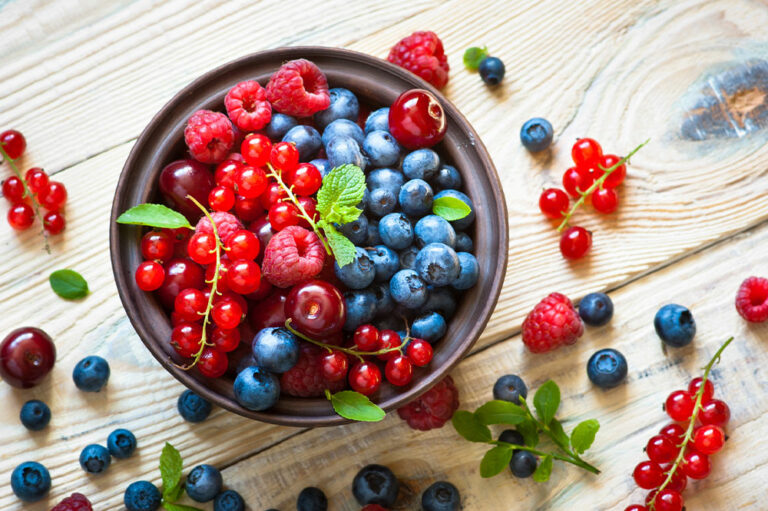
health
4 types of foods for flawless skin
Nutrition plays a crucial role in keeping our internal organs and skin healthy. Here are some foods known not just for their delicious taste but also for their nutritional value that helps your skin stay hydrated and glowing. Make sure to eat a good nutritious meal and consult a dermatologist if you are experiencing any skin issues. Let’s read about the benefits of some of these superfoods for the skin! Dark chocolate If you’re a fan of chocolate, this might be good news for you! According to a study, consistent consumption of cocoa powder high in antioxidants leads to thicker and hydrated skin. This study was conducted over 6-12 weeks and showed promising results. Some research also suggests that dark chocolate could potentially decrease the appearance of wrinkles in people. Fatty fish Fish like herring, salmon, and mackerel are rich sources of omega-3 fatty acids and are known for their incredible skin benefits. These fatty acids are responsible for keeping the skin hydrated and supple. Along with that, they also help in reducing any inflammation or irritation that may cause breakouts. Red grapes Red grapes are rich in a compound called resveratrol, known for its anti-aging benefits and its ability to reduce the production of harmful free radicals. However, this compound is found only on the skin of the grapes! Since red wine is made from such grapes, studies suggest that this beverage may also have this beneficial compound. However, no conclusive evidence has been found to support if there is enough of this compound in a glass of wine. Avocados One of the superfoods that have become popular in recent years is avocado and for good reasons! The healthy fats found in the fruit are known to moisturize and hydrate the skin, making it supple and soft. According to a study, a high intake of these healthy fats in avocados led to “supple and springy” skin in over 700 women participants.










